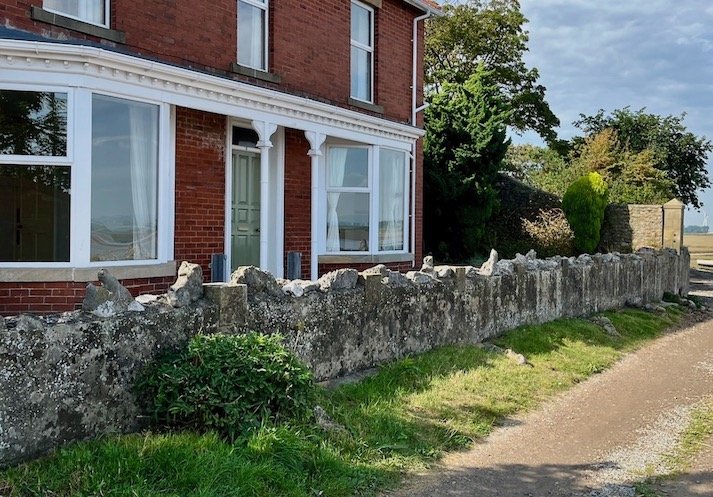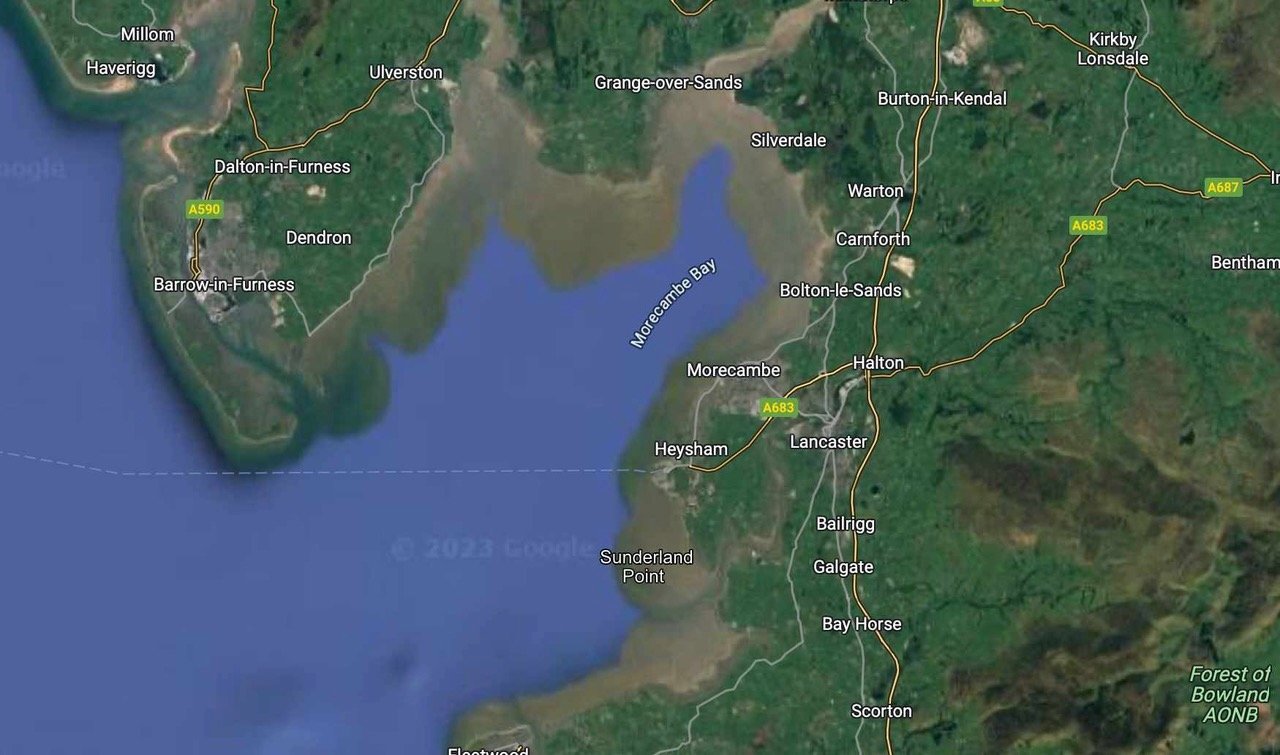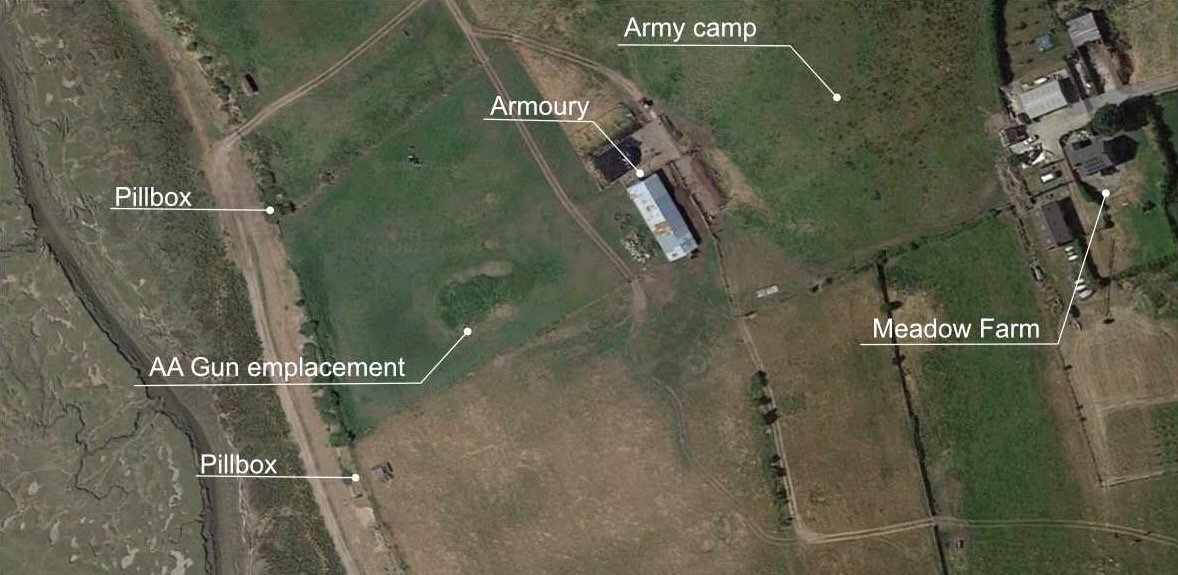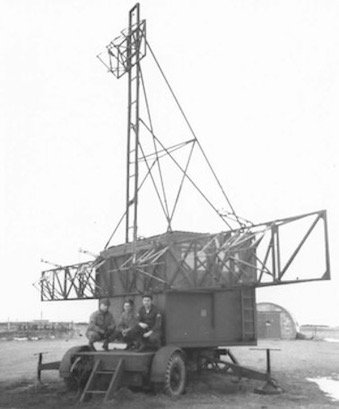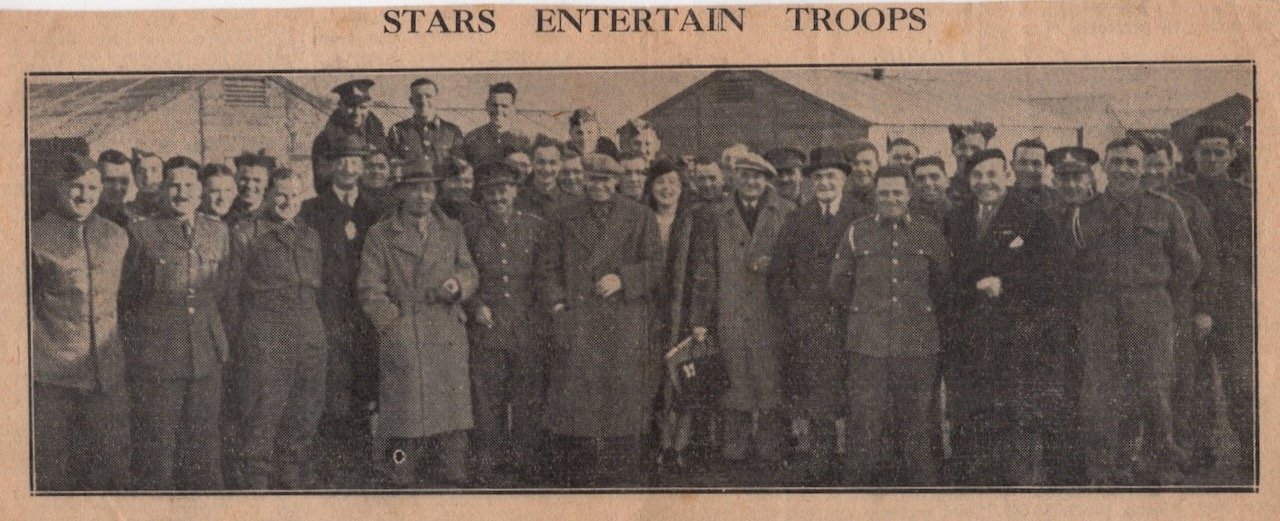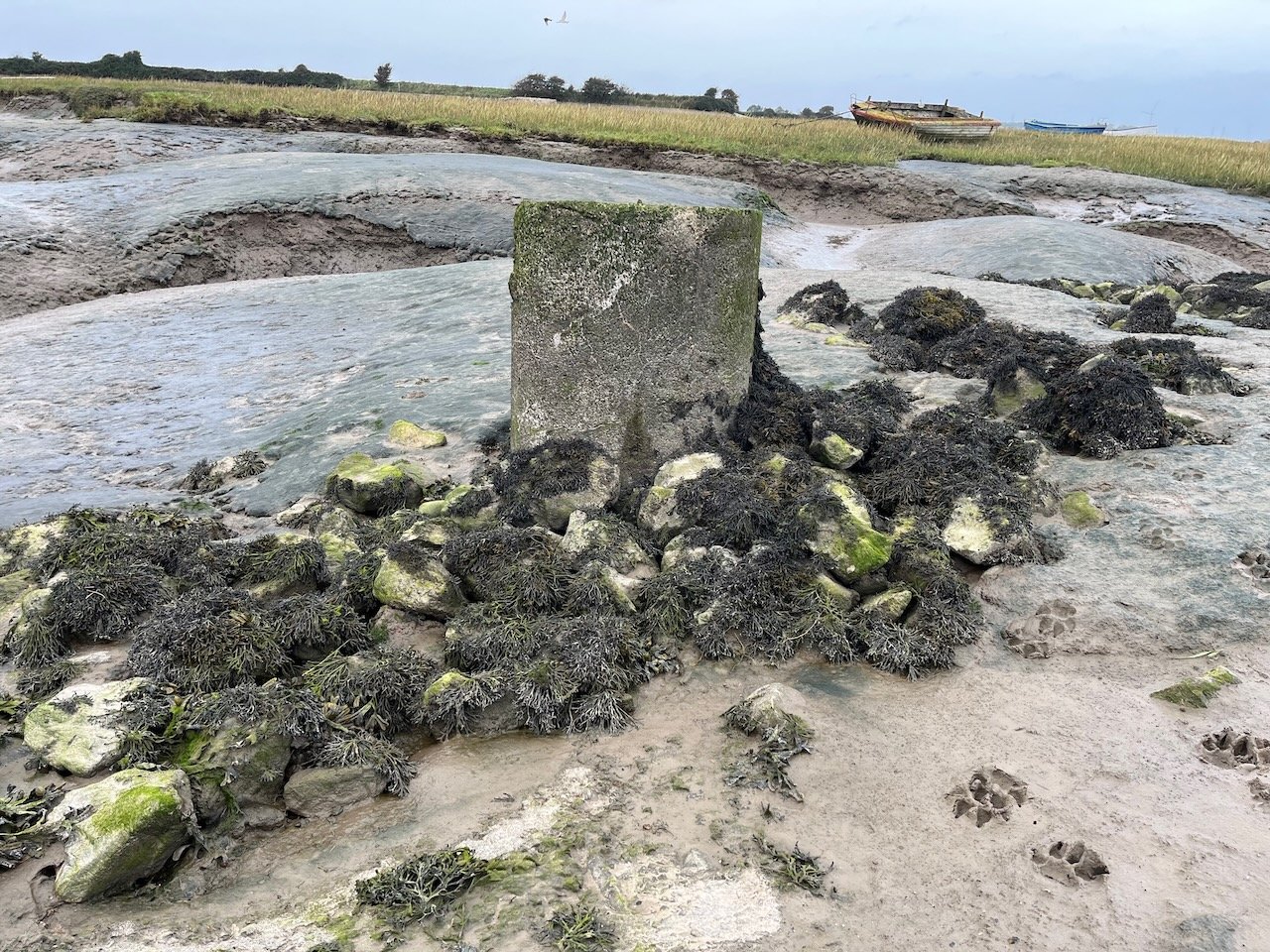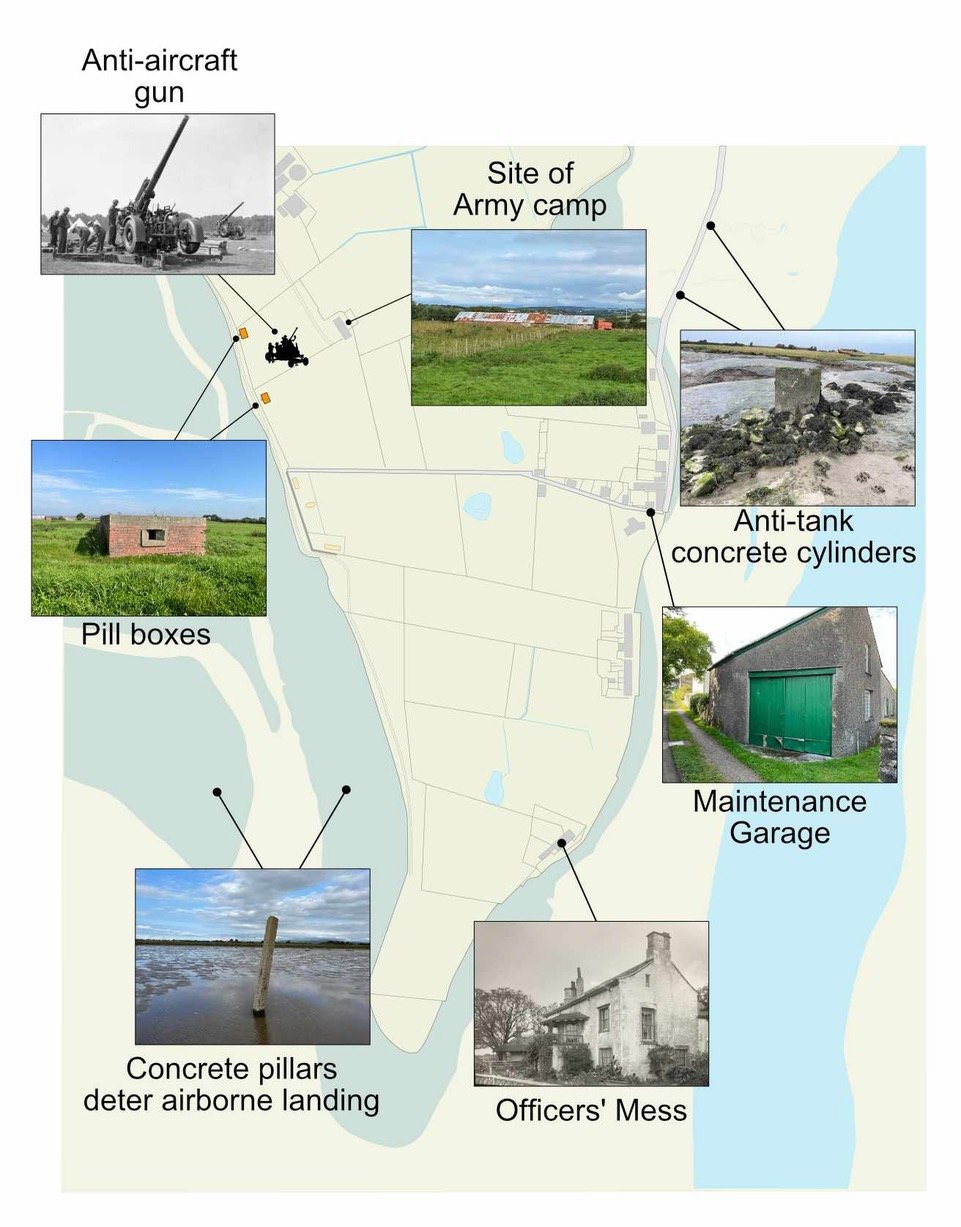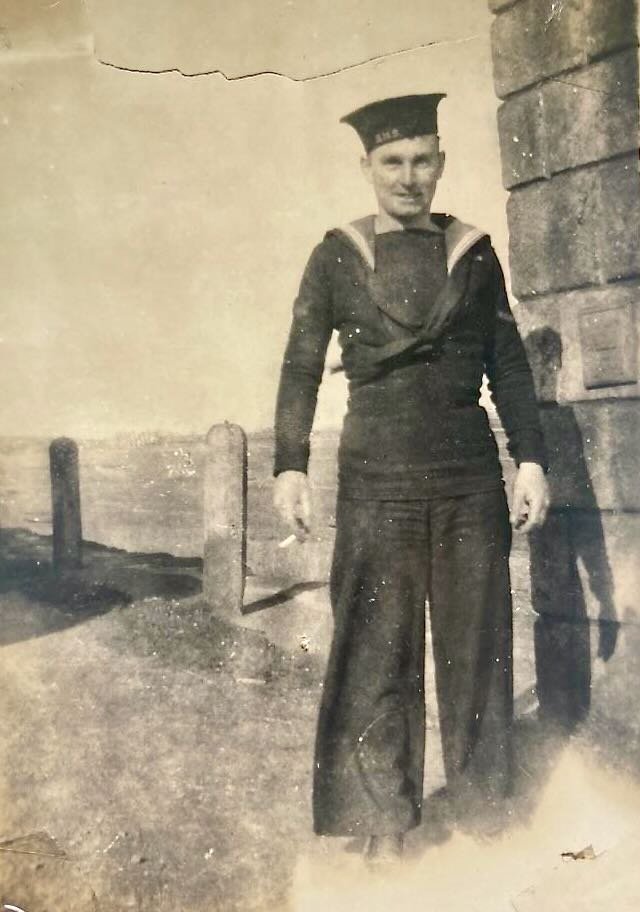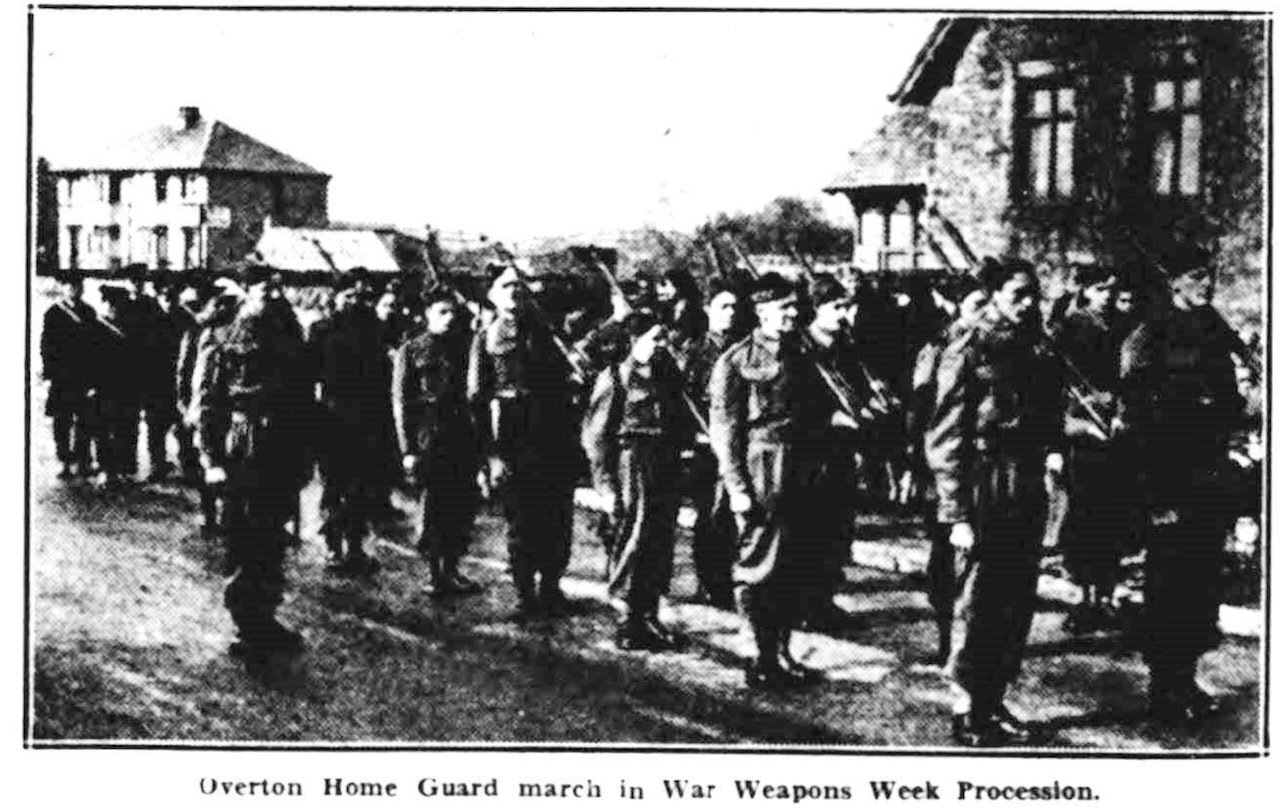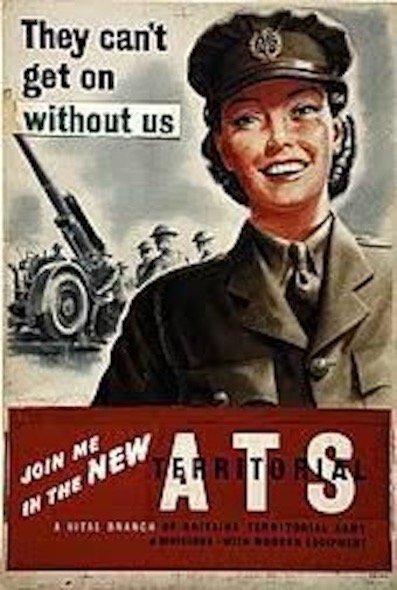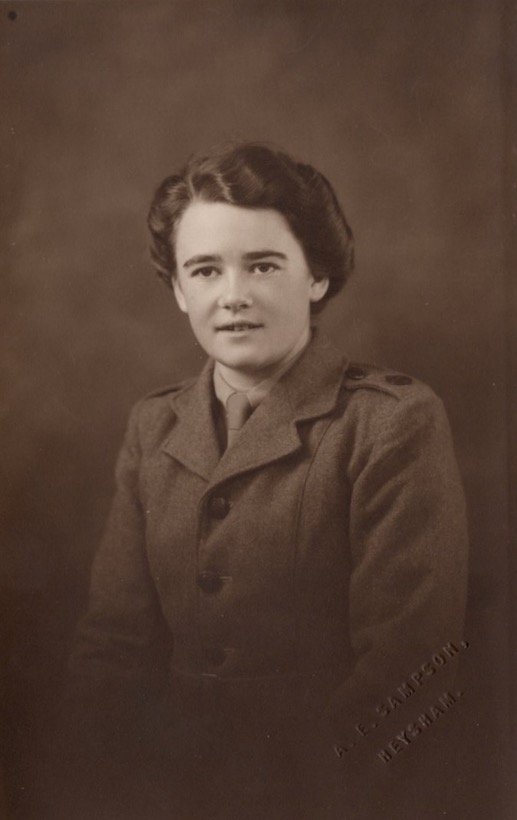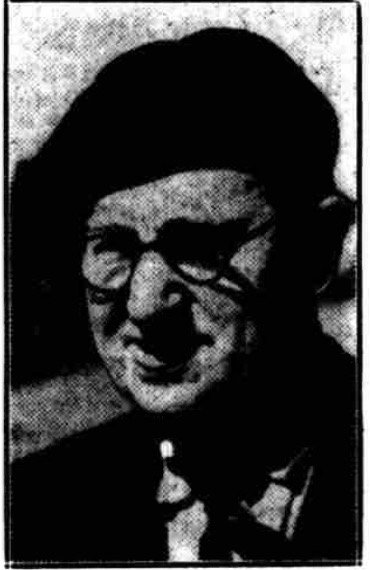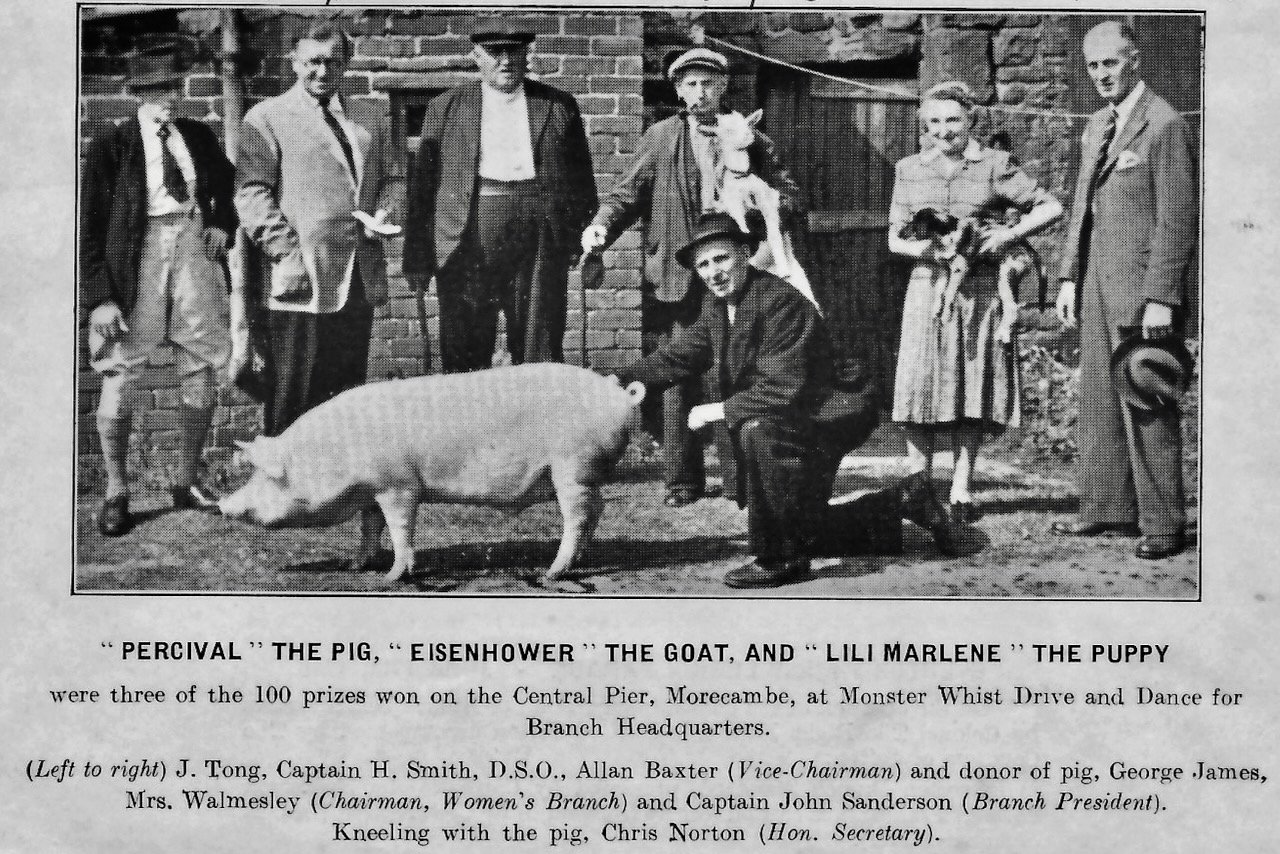World War Two 1939 - 1945
Following on from last week, this is part two of our article on Sunderland Point during the War years.
We think this was Sunderland Point.
In the First World War the greatest impact was the loss of life and injuries to the thousands sent overseas. In World War two the conflict mobilised the entire nation for defence and to support the fighting forces abroad. Almost all major cities, key towns and seaports suffered bombing and the threat of invasion was a genuine fear after the collapse of France in 1940.
Even in so small a village as the Point the power of war was felt and vividly remembered.
Number 3 lost its iron railings to the war effort.
Number 3 with railings: Courtesy Lancaster City Museums
Without railings today: Photo author
Location
To appreciate what happened during these war years a good place to start is the location of Sunderland Point.
Aerial map of Morecambe Bay: Source Google maps
Bombing
A vital concern to military planners was the risk of bombing to Barrow-in-Furness and further west to the shipyards of Belfast.
In 1939, Barrow was a major industrial centre and home to heavy armaments company Vickers. Between 1939 and 1945 the Barrow yard delivered 4 aircraft carriers, 2 cruisers, 12 destroyers, 89 submarines and 18 midget submarines. At the height of production Vickers employed 28,000 people.
Sunderland Point falls almost directly under the flight path of German bombers to these cities. Barrow was bombed in May 1941 and again in July, killing 80 civilians, injuring 330 and destroying over 10,000 homes.
Dorothy Calverley remembers bombing raids passing over the Point and the guns booming. One-night bombs fell on Glasson Dock, over the river and onto Heysham. She remembers being very frightened and instead of staying under the stairs in their makeshift shelter at number 16, the family went in nightwear and dressing gowns into the cold cellar with the Birketts at number 14.
Number 16 to the left and number 14 to the right (with number 15 squeezed between): Courtesy Alan Smith
There is an account of Frank Hargreaves of Trumley Farm who spotted a light at the Globe hotel in Overton. ‘Approaching the Globe at night he saw a light forbidden under blackout rules. He reported it to the camp commandant (at what became the Pontins holiday camp), they arranged a ‘stake out of the building’ and caught the man in the act and took him away. It was said he was giving a reference light for the bombing of Barrow. The man was said to be very jolly and who would crack jokes and buy drinks in the pub for people in the village’.
Invasion
The planners also feared an invasion arriving on the extensive sandbanks in Morecambe Bay. They considered the possibility that Germany could invade Ireland (to take advantage of anti-British feeling) then use that country as a base for an assault by air and sea onto Northwest England.
Installations
Numerous defence stations were established around the bay, Heysham Harbour especially, was heavily protected. At Sunderland Point an anti-aircraft battery was installed armed with one 3.7-inch static anti-aircraft gun. The official record suggests four guns, but most memories (but not all, Hugh Cunliffe writes of multiple anti-aircraft gun positions) and the aerial photographs suggest just the one. A GL Mark II radar system was added and two pill boxes facing the sands were constructed. The emplacement was supported by a large camp of soldiers and auxiliaries.
Modern aerial view showing location of campsite, armoury, of gun emplacement and pill boxes: Source Google maps
Standard wartime Vickers 3.7-inch A-A gun: Source internet
GL Mark II radar: Source internet
The gun was operational day and night requiring at least 4 men in a team with further numbers to manage ammunition supply and maintenance. The radar was operated by service technicians, the camp had men and women stationed there for guarding duties, basic supplies, and administration.
Pill Box: Photo author
Remains of Army camp buildings, said to have been the armoury: Photo author
‘There were the usual groups of Nissan huts’, wrote Hugh Cunliffe, and they may have looked like these, below, preserved at the Cultybraggan camp in Scotland.
Nissan Huts: Photo Mick Garratt
When the tide was off the road, the access to the camp was a right turn right in front of the Anchorage then over the embankments towards Meadow Farm and to the camp. Access from the west shore was via Sunderland Brows Farm over a new road constructed by the army from Potts Corner.
The Old Hall was requisitioned and used as the Officer’s mess, and Tom Gardner’s boat store in the Lane was taken and used as a garage to maintain support vehicles.
The Old Hall - Officers mess: Courtesy Lancaster City Museums
The boat store – Army garage: Photo Author
It has not been possible to establish the numbers stationed at the camp. The eyewitness accounts agree it was normal to see soldiers in the Lane walking to and from the camp and around the village during practice exercises.
An indication of its significance may be in this photograph from the Morecambe visitor in 1942.
Stars entertain troops: Courtesy Guardian Newspapers
While appearing at the Winter Gardens in Morecambe, the photo shows George Formby and Norman Evans (in caps centre) with local dignitaries and officers and men, they visited an Army camp ‘somewhere in the Northwest’ for a special performance. It is convincingly suggested this was at the Point.
The brief article with the photo went on to say.
‘Norman Evans had everyone roaring with laughter at his famous dentist sketch, and as the grand finale George Formby who got a ‘big hand’, who delighted the boys with several of his most popular numbers which were interspersed with many amusing stories and patter. The boys were reluctant for him to leave and because of the thunderous applause he was obliged to give numerous encores.’
Other defences
As well as the gun emplacement huge numbers of concrete posts were embedded in Middleton sands to deter an airborne landing. Concrete cylinders are still to be seen along the sides of the causeway ready to be rolled out as an obstacle to tanks. The hole in the top centre was to facilitate handling with a crowbar. They were manufactured in their hundreds of thousands and can be found all over the country.
One of the last Concrete posts: Photo author
Concrete cylinder on causeway: Photo author
Map of the installations
Map created by Paul Hatton
Direct participants
These are some of those associated with the Point who enlisted in the services, a personal account of Peter Hall will be published separately.
Hugh Cunliffe on leave in 1942: From the collection of Hugh Cunliffe
Hugh, age 27, enlisted with the Navy is seen here on the seat at the top of the Lane with his mother. Local folklore has it that Hugh had the terrifying experience of being aboard a warship that was sunk by a torpedo. He spent many summers in Upsteps cottage, a few in number 5, and then permanently at number 10 where he wrote ‘The Story of Sunderland Point’. Hugh died in 2005.
Here is Hugh on the left by the stone pillar.
Hugh Cunliffe in the Navy: From the collection of Hugh Cunliffe
Cyril Gardner in 1941: From the collection of the Gardner family
Although never a resident, Cyril Gardner, the son of Robert Gardner, was well known on the Point. He was called up and in training by his 18th birthday, then into 15th/19th the King's Royal Hussars regiment as a tank driver. Following the Normandy landings his regiment fought across France, Belgium, Holland and into Germany where on March 1st, 1945, Cyril was seriously injured when his tank was hit.
Bert Smith, a fisherman all his life, served on this minesweeper in the North Sea.
HMS Picton Castle in 1942: Courtesy Anthony England, photo taken by his grandfather.
Built in 1928 as a fishing trawler, the Picton Castle was pressed into war service as a mine sweeper and convoy escort in the North Sea in 1939. The crew were mainly fishermen who were familiar this type of boat. In 1942, as HMS Picton Castle she took part in the famous St Nazaire (France) raid which destroyed the only major drydock facility on the Atlantic coast available to the Germans.
The boat endured long tours of duty clearing mines mostly on the coast of Norway, it was the first allied boat into Bergen after the Germans capitulated in Norway in 1945. Here they are entering Stavanger (Norway). Whilst on a few days shore leave Bert was invited to stay with the Larson family beginning a lifelong friendship.
Bert Smith (Dad) a crew member of HMS Picton Castle: Photo from the collection of Alan Smith (Son)
Harold Gardner (right) in the Merchant Navy: Courtesy Rosemary Lawn
Harold Gardner in Home Service: Courtesy Rosemary Lawn
In the left photographs we see Harold Gardner in 1942. He served in the merchant navy on his uncle Robert’s ships, On the right, in his uniform of the Home Guard outside the Summer House at the top of the Lane.
Dorothy’s father Arnold Townley was also in the Home Guard and there will have been others. It’s likely the SP unit was part of the larger Overton contingent.
Iris Birks, Dorothy’s sister, remembers her father going out at night on patrols and checking compliance with the strict blackout rules.
Overton Home Guard in 1939: Courtesy Jackie Parkinson-Winter Brown
Harold’s brother Tom was called up into the Army and was sent to Mogadishu. In Harold’s recorded oral history, he says that Tom was the only one not to get seasick on the journey out to Africa.
He goes on to tell us that after de-mobilisation in York, Tom was making his way home hoping to get back in time for a family wedding. As the tide was on the road, he had to make his way through the fields. One of the footbridges over a field dyke had a plank missing and Tom fell in ruining his new demob suit.
ATS recruitment poster: Source internet
Elsie Burkett nee Gardner: Courtesy Rosemary Lawn
On the right is Elsie Gardner, daughter of Tom and Clarice Gardner (see WW1) and sister to Harold (above) and Tom. During the war she enlisted into the ATS (Auxiliary Territorial Service) and worked at the Sunderland Point camp in the canteen. Whilst there she met and became fond of a soldier who lived in London. Seeing it was becoming serious any further contact was forbidden by her father.
In 1949 Elsie married Harry Birkett who farmed Hall Farm and lived at number 14. They had a son and two daughters, Elsie died at the young age of 44 in 1967.
Memories
It was not unusual for the young women of the Point to become quite friendly with the servicemen. There is gossip about a well-known villager who was rather flirty but ‘only with the officers.’
Dorothy Calverley remembers as schoolchildren, following marching squads of soldiers across the causeway, trying to march in step and singing their songs. Sometimes army lorries would stop and give the children an unofficial lift across the marsh.
Military traffic was common, ‘One day a lorry went off the road at the bridge closest to the Point and shed a full load of loaves into the sea water, all were ruined’.
Harold Gardner remembers the same story saying that the van got stuck but could have been saved, however the soldiers kept saying they had to wait for the officers.
‘And the next day the officer’s car got stuck’, said Harold, chuckling on the recording.
Dorothy and Margaret Gardner both remember tanks rolling through Overton, perhaps going to the camp.
At number 16, Jessie Townley, who sold confectionery and ‘pop’ during the summer to visitors, began selling tea and coffee to servicemen. Iris remembers her father going to Overton to pick up a tray of specially made small cakes to sell in the shop.
From Sunderland Brows farm there is a memory of Linda Hargreaves going and playing cards with the soldiers at the camp.
It appears some of the youngest soldiers became ‘adopted’ and were invited in homes to share a taste of family life. One soldier enjoyed a laundry service including the ironing of his shirts.
Hugh Cunliffe wrote that for recreation the soldiers had to make the journey into Overton. ‘From then on, the name of Ma McCluskie, who kept the Ship in the village began to be known far and wide’.
In the recording, Harold says the soldiers also liked to go into Morecambe for a night out. One night it was very foggy and when returning to the camp, they got lost in the fields, we could hear them all shouting to each other not knowing the right way to go.
Dorothy Calverley remembers the excitement of Christmas parties - and the taste of Xmas cake - held at the camp for residents and their older children.
Rationing was strict, but the severely limited weekly allowance was supplemented by fish and shot birds and rabbits. Almost everyone with any land kept chickens and shared pigs were reared. A villager who was a child at the time admits to the unauthorised removal of vegetables growing in farmers’ fields. At Christmas it was ‘hoped to shoot a goose flying past, if dad missed, a chicken from the yard would do.’
Dorothy recalls having evacuees from London staying at number 16. They were the parents and grandmother mother of one of ATS women from the camp. Iris adds that in 1947 they all went on a trip to London to see them.
End of the War
Dorothy remembers herself and sister Iris, with Tom Smith and cousin Edward Townley waving goodbye to the troops when the camp closed at the end of the war.
German prisoners of war from a camp in Milnthorpe were drafted in to aid the dismantling of the gun emplacements. During these months friendly relations were built. Dorothy became friends with Rudi, and they exchanged letters after the war, she remembers he sent her handkerchiefs.
The Old Hall and garage in the Lane were returned but only part of the camp was dismantled. In 1946, there was discussion on the conversion of the Nissan huts into much needed family housing, but the cost was considered prohibitive, and the plan was dropped.
The camp was placed under the guardianship of Captain Harry Smith who lived in part-time in a cottage within Meadow Farm. The camp buildings remained untouched for some years, falling into a state of decay. It has been suggested that some villagers visited the camp during the dead of night to remove ‘redundant’ electrical fittings and building materials - never to be caught by Captain Smith and his dog.
Captain Harry Smith: Courtesy Guardian Newspapers
Life and rituals slowly retuned to normal. Here is Captain Harry Smith again, second from left in this amusing photo of the Overton branch of the British Legion in 1947. The occasion is to support the tremendous work of the Legion in providing aid to soldiers and other military staff returning from the war.
From the collection of Alan Smith
We wish to express our grateful thanks to Katharine Green, Rosemary Lawn, Elizabeth Gilchrist, Kris Needham, Alan Smith, Jill Sheldon, Stephen Loxam, Beth Hampson, Christine Newson, Robert Hall, Paul Hatton, Margaret Gardner, Dorothy Calverley, Iris Birks, Brian Lund and Jackie Parkinson-Winter Brown, for sending material and giving support. For reading and editing thanks to Scott Wilson and Sheila Morris.


